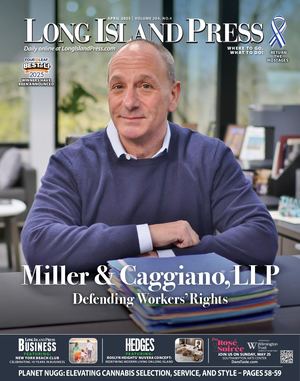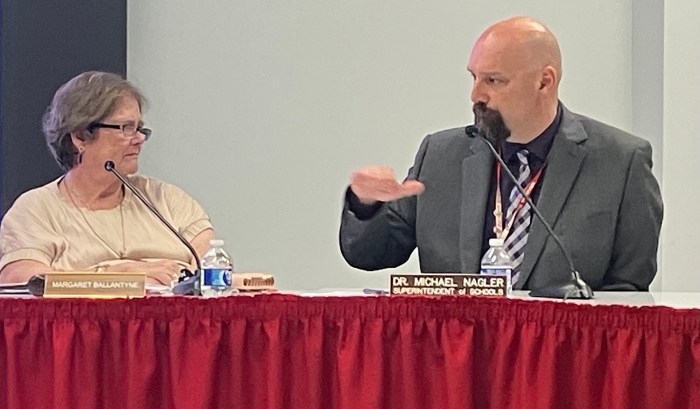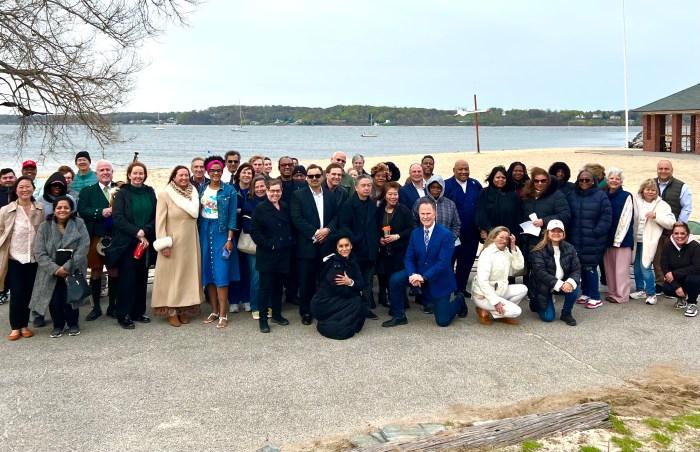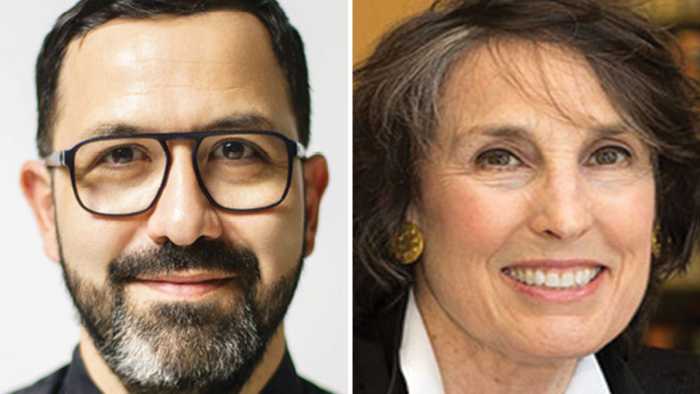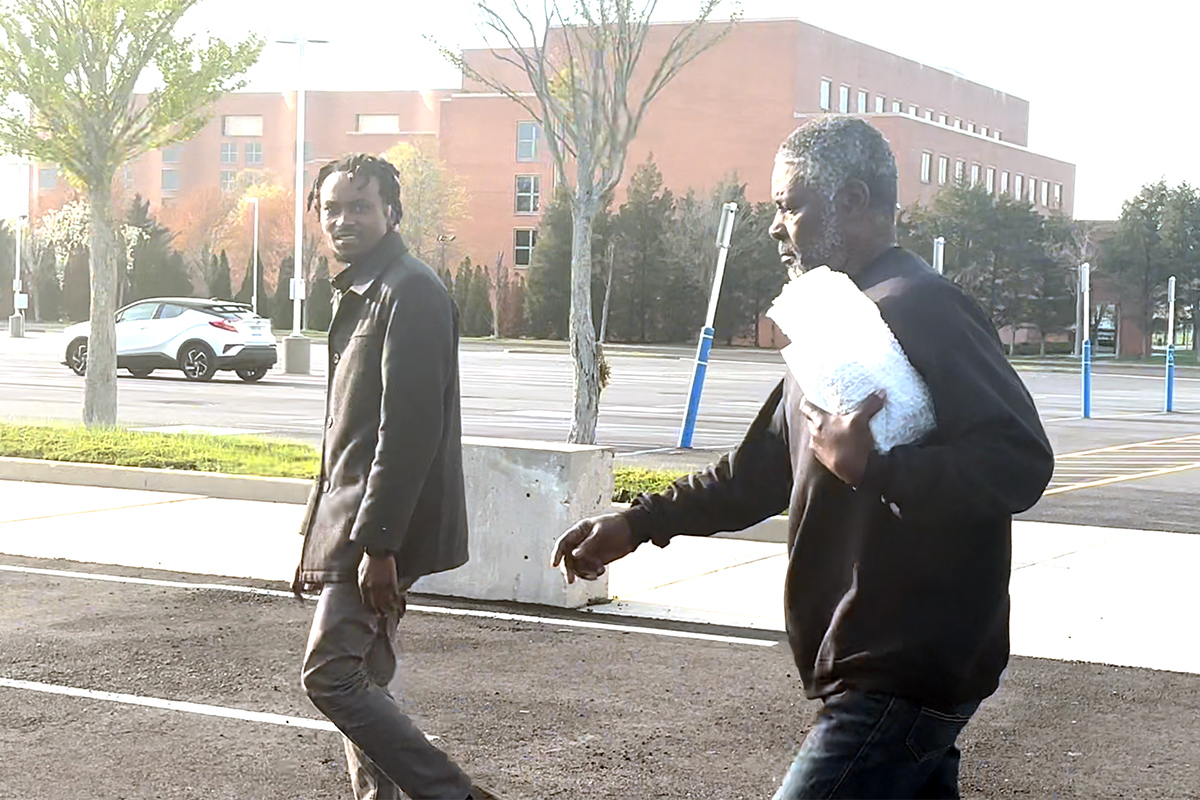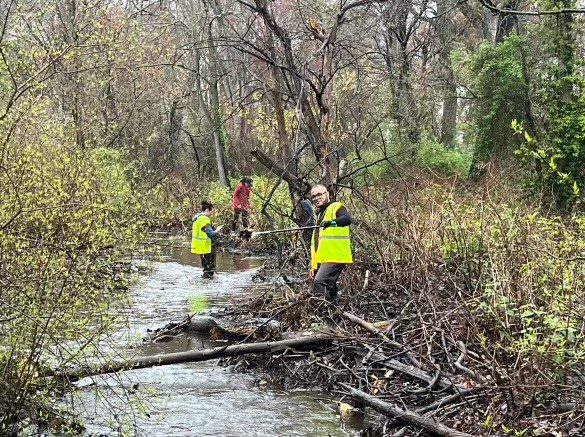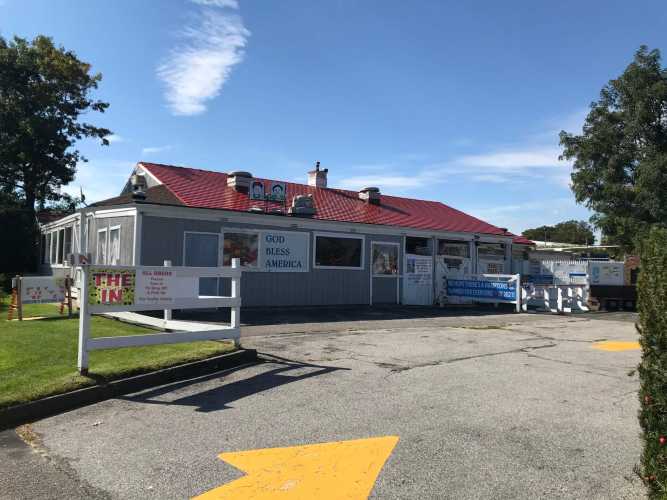By Elaine Kanas
East Williston School District
Before Thanksgiving I shared the exciting news that some of our sixth grade students were working as editors of a real-world young people’s novel. As editors, they will be providing input and insight to the author, as the novel approaches publication. As I mentioned before, this connection came about as a result of a tweet from the young readers’ author, Erin Downing. How do our teachers and staff use Twitter and other social media tools in the classroom? What are the tools our teachers and administrators use to grow their own learning and provide enriched experiences for our students? I asked Dr. Danielle Gately, Director of Secondary Curriculum and Social Studies, and Audra Beberman, Instructional Technology Specialist, to help me answer these questions. Below is their overview of these media:
• Twitter: Twitter is an information network made up of 140-character messages called Tweets. It’s an easy way to discover the latest news related to subjects you care about. For educators, it best follows the ideology of “the smartest person in the room, is the room itself” – where the sharing of ideas and collaboration to grow best practices becomes the norm. Teachers, professors, administrators, and authors are often found participating in the same Twitter Chats on various topics to discuss a myriad of issues related to learning.
• Social Media: Social media are computer-mediated tools that allow people to create, share or exchange information, career interests, ideas, and pictures/videos in virtual communities and networks. Twitter is by far the most recognized of these tools, but not the only one available to teachers. Social media also allows teachers and schools to “brand” their classrooms and schools by showing their best practices and the culture that the school has developed in relation to digital citizenship, anti-bullying, literacy, and other “hot” topics in education.
• PLN: PLN stands for Personal (or Professional) Learning Network. Originally this may have consisted of a few friends you met at teaching college with whom you shared ideas and resources, then adding in a few members of staff in the schools where you taught, teachers you met at courses, and so it grew. What it means now is that an individual has developed their own personalized “network” of fellow educators and resources that are designed to make them a better teacher.
